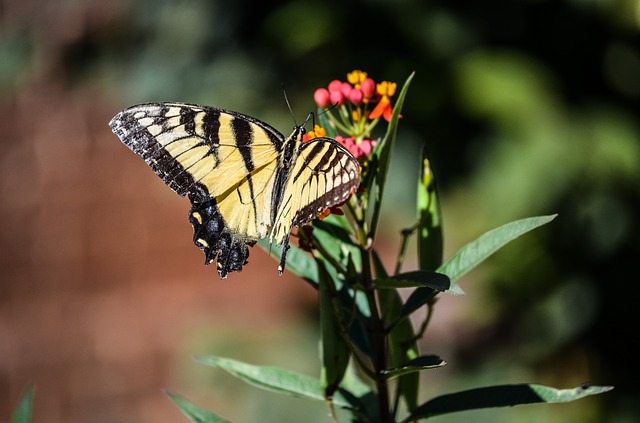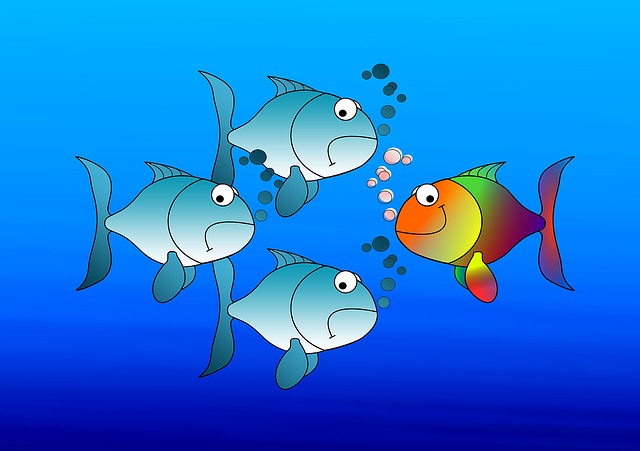Sam Himelstein, in a podcast interview with David Treleaven, discussed the principles for teaching mindfulness that he has developed over more than 12 years working with teens impacted by trauma. His principles and related guidelines have relevance for anyone using mindfulness to help people who have experienced trauma.
Besides his discussion in the interview mentioned above, Sam provided a blog post that addresses the guidelines explicitly. The principles and guidelines (together with examples from real cases, teaching material and practical exercises) are explained in depth in his forthcoming book, Trauma-Informed Mindfulness for Teens: A Guide for Mental Health Professionals.
Guidelines for effective helping of people impacted by trauma
The guidelines developed by Sam Himelstein provide clear and consistent actions that can be taken by anyone helping people impacted by trauma:
- Do no harm – this is a fundamental guideline informing the others. Through research, study and practice of trauma-informed mindfulness practice, we can be more aware of potential harm and have the tools to do the best we can to avoid further harming the person suffering from trauma. Sam mentions two resources that he draws on, The Meditation Safety Toolbox and Chris Willard’s Guidelines for Ethical Teaching of Mindfulness.
- Avoid prescription about “meditation logistics” – people who are impacted by trauma are often unable or unwilling to start with formal meditation. Sam urges us to avoid being inflexible through insisting on a set posture or closed eyes when initiating our helping interaction. This requires letting go of the structural prescriptions of our own meditation training. It is important to recognise that the people we are helping will be in a “different space” but can still develop mindfulness (inner and outer awareness) with processes other than formal meditation. We need to acknowledge that mindfulness is more than just meditating.
- Establish safety – it is critical that the person we are helping feels safe. If they do not feel safe, they may experience re-traumatisation. In addition to physical safety, this involves relationship and emotional safety through developing trust, being authentic and being prepared to modify our approach to suit where the person is at. A more involved aspect of safety is what Sam calls cultural safety developed through “intersectional awareness”. This requires an awareness of our implicit biases when dealing with people who have characteristics different to our own, e.g. gender, ethnicity, religion, age, sexual preference, disability or “class”.
- Employ somatic practices first – this involves recognising the role of body memory in trauma and being cognisant that cognitive approaches commenced too early in the intervention can exacerbate the situation for the trauma-affected person. Sam indicated that he often uses deep breathing exercises and basic somatic meditations.
- Understand the “window of tolerance” – relates to a personal zone within which a person is able to effectively employ their cognition to “receive, process and integrate information”. If a person is outside their window of tolerance than are unable to engage effectively in talking, telling stories or undertaking meditation practices. Sam suggests that a sign of this “intolerance” is the person’s inability to use language, e.g. unable to formulate complete sentences or follow a line of discussion. He recommends the book Trauma and the Body, as a resource for understanding the “window of tolerance” and learning about somatic approaches to trauma healing.
Reflection
As we grow in mindfulness through meditation practices, research and reflection, we can develop our awareness and understanding of the sensitivity of trauma-impacted people to formal meditation. This requires that we become more aware of the “window of tolerance” and develop our capacity to pay attention to the signs that someone we are working with is not coping with our processes. Associated with this, is the need to build the relationship through establishing safety and trust. Employing somatic approaches will be more effective if we have experienced their utility ourselves as part of our own mindfulness practice and experience. The more mindful we become, the better we will be able to help people impacted by trauma – for one thing, we will be able to let go of our assumptions and become more aware of our biases.
____________________________________________
Image by enriquelopezgarre from Pixabay
By Ron Passfield – Copyright (Creative Commons license, Attribution–Non Commercial–No Derivatives)
Disclosure: If you purchase a product through this site, I may earn a commission which will help to pay for the site, the associated Meetup group and the resources to support the blog.









